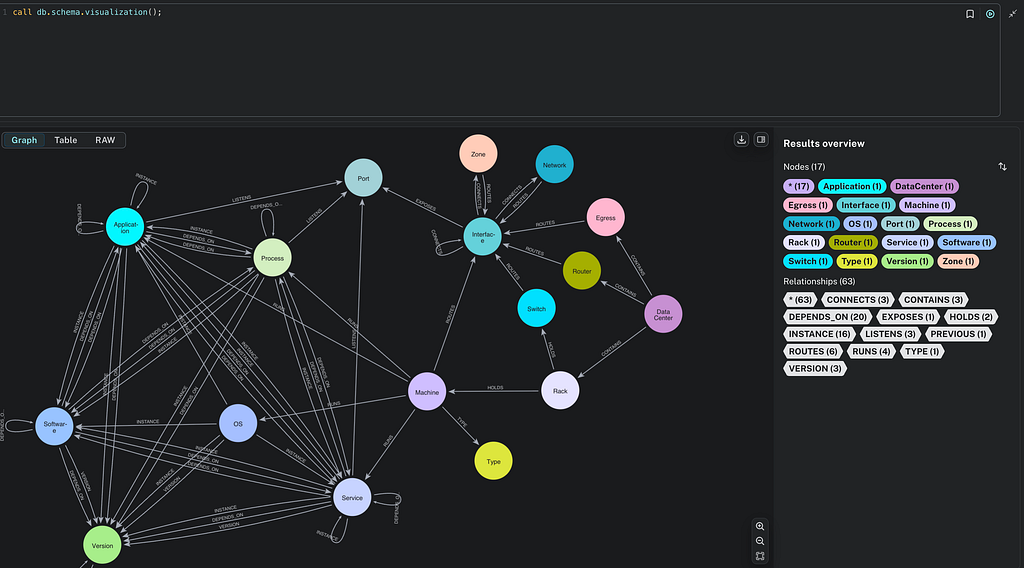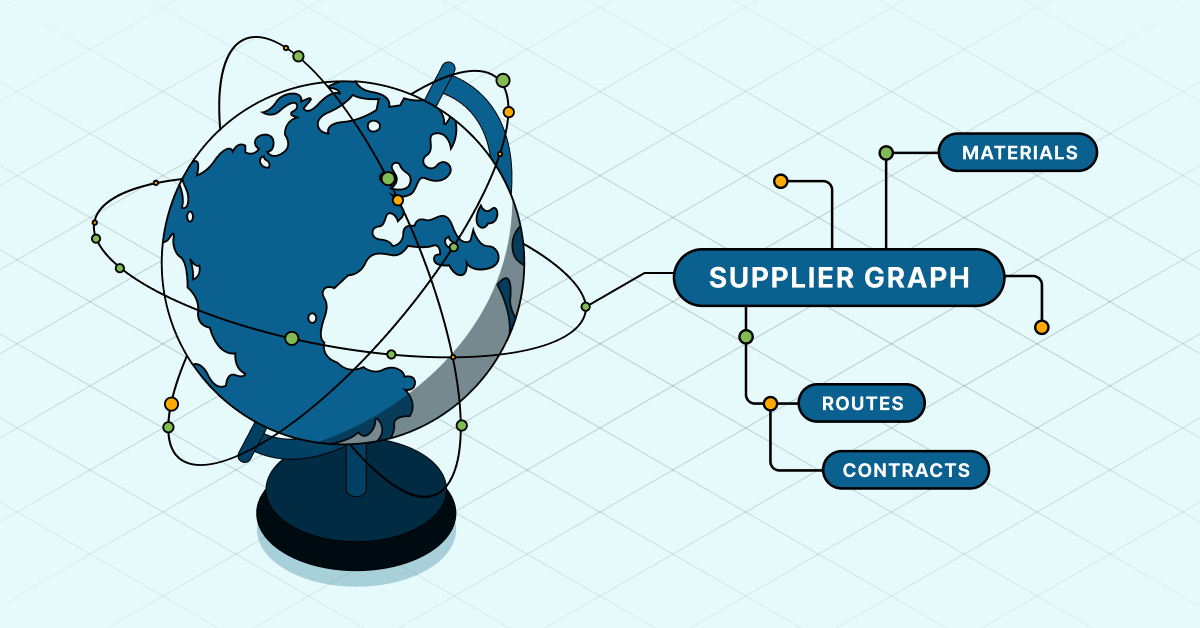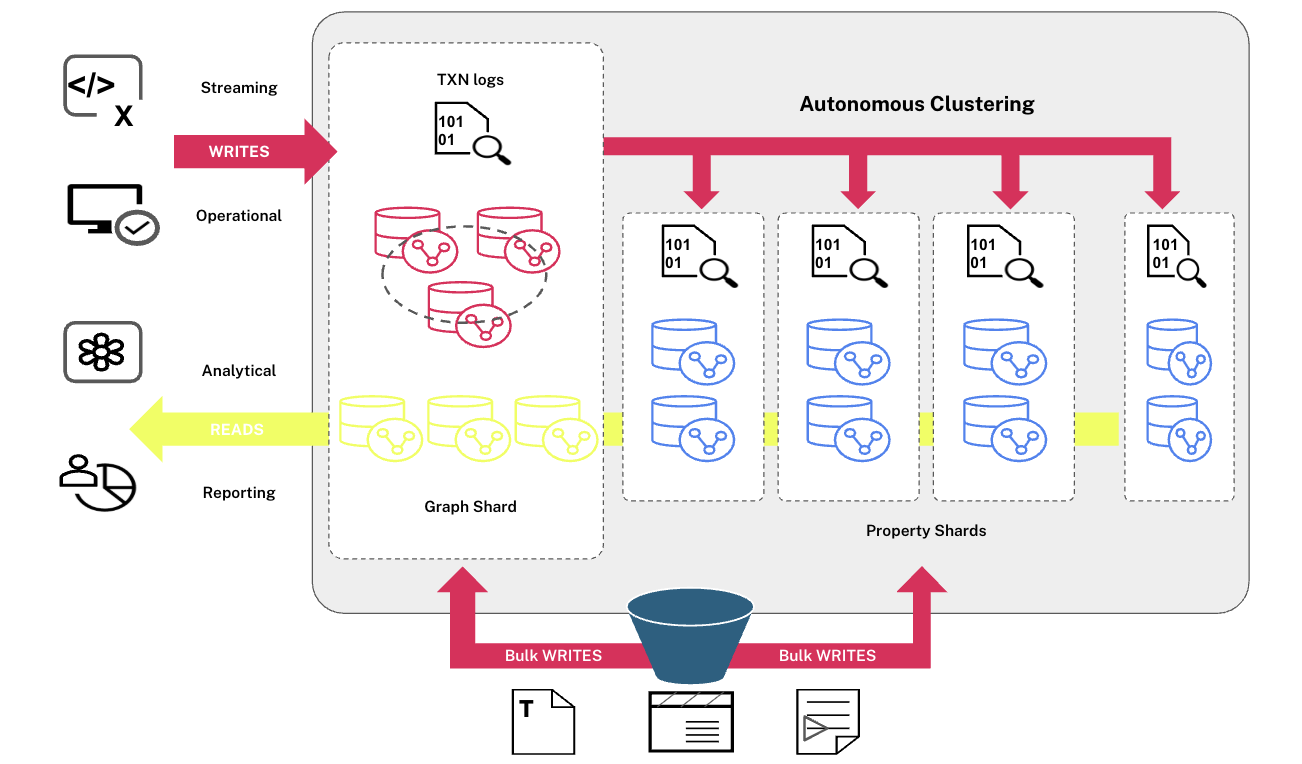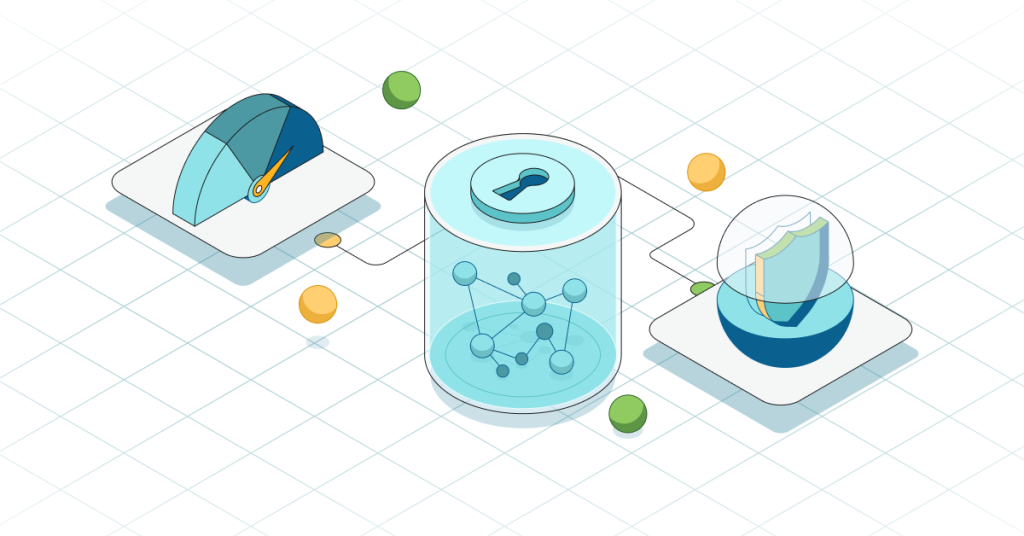The 5-Minute Interview: Scott David, World Economic Forum

Vice President, Product Marketing
7 min read

This week’s 5-minute interview is with Scott David, the Director of Information Interaction at the World Economic Forum. I caught up with Scott David for a video interview at GraphConnect San Francisco.
Q: Please tell us a little bit about your role at the World Economic Forum and your current Neo4j project.
Scott: So I head up user experience and design at the Forum. That means that I help to create the concepts for our digital product, with a particular focus on knowledge products, which is one of the reasons why we were kind of interested in Neo4j.
Two key projects that we started working on: The first one was search and real-time recommendations and the second one was what we call transformation maps, which is a mapping of global issues. The reason that we started working with a graph database was because we wanted to do a little bit more relevance engineering, and because we’d had problems with search beforehand, getting the right level of relevance and the right level of personalization. So we felt that we wanted to bring on a new technology to help us to solve that.
Q: So what problems were you having around relevance? What were you dealing with before and what made you think you needed to go towards a graph route?
Scott: I would say the first thing is that we had a basic requirement for just a quality search which was failing for us. We came across a situation whereby we were calculating on our current implementation of search, we actually needed five people full time to be able to do the tagging. And then we realized that something was wrong with the way that we understood search.
The first thing that we did was actually reach out for some expertise, which we got from working with Neo4j and GraphAware in London. But what we realized was that as well as the core indexing engine, we wanted to make sure that we could actually bring some graph traversals into play and start creating relationships around the global issues that is effectively our core taxonomic glue. And we actually needed to join together with a graph to be able to create that kind of relevance.
Q: Were you bringing the graph into an existing architecture or were you starting up a new project only on Neo4j?
Scott: It was entirely new. The previous search was implemented within a Drupal environment, and what we wanted to do was actually go multiplatform. So we decided that we wanted to have a graph search and recommendation API that we could actually put a permissions layer into and then distribute across a number of different platforms. Whether it’s mobile devices or a public website or our members’ extranet or any other as yet undeveloped tools.
Q: So in your presentation earlier today, you described some pretty exciting results that you’ve been able to achieve so far. Can you just give us some highlights of those?
Scott: I would say one of the key highlights for us is actually starting to build out a data model, which is around our global issues taxonomy. What that helps us to do is focus. Focus that taxonomy and the content that runs through it, the sessions that we create and the intelligence that runs through our overall network and to be able to join them all together with a number of different traversals.
It’s not just about tagging. It’s about having a data model which spoke to the organizations who are our members and also to have a good understanding of the way that one global issue affects an economy or an industry and the way one industry affects another industry. So we’ve mapped out the key issues within all of those global issues, economies and industries, so we can see the effects of change.
Of course, by the traversals in the graph we can see several degrees of separation of how one key issue in one place affects a key issue in another place. And then, of course, by having a graph-based structure, you can start joining together the experts who are in relation to that traversal, the projects that we work on which are in relation to it.
If we have members at one of our events, they can see the sessions which are discussing those key issues. So it actually starts joining everything that we do together into a single unified metastore of knowledge.
Q: Were you able to do things that you couldn’t do before? What was your real value there?
Scott: I would say the biggest real value, apart from being able to do the work that we probably wouldn’t necessarily be able to do without a graph database, was actually the change in thinking that it starts to bring around.
The thing that’s compelling about a graph database is that it’s nodes and relationships. It’s a little more like natural language in the way that you discuss the ideas and the way that you start seeing the patterns form. It’s sort of conceptually more compelling, and once you’ve got that hook into the organization to talk about things in this different way, you can actually have quite good business conversations from the top leadership all the way down to technology that you couldn’t necessarily have before.
Q: Tell me a little bit about why you chose Neo4j specifically? And could you tell me about any lessons learned?
Scott: Our graph journey actually started in about 2011, but it had a number of different misfires back then. I was particularly interested in semantic technologies as they were growing back then, the presence of triple stores and things like that. So I started reaching out for discussion around what’s available within the graph world.
I think institutionally we weren’t necessarily ready for it back then, and also the setting up of the infrastructure would have been really quite an effort to get what we wanted. And I think the initial graphs that we were looking at at that time as triple stores were probably a little more complex to understand in terms of how to actually build one than say a solution like Neo4j.
When we were eventually organizationally ready, we went back to some of that early work and started doing a comparison of the databases. And I think the simplicity of understanding Neo4j was one part of it.
The fact that we could host it relatively easily without multiple pieces of infrastructure, which was one of the difficulties we had in some of the previous conversations about graph work. And I think our analysis around the Cypher query language meant that there was sort of an intuitive way of querying the database that most people could actually get up to speed quite quickly with.
The other factor was we were looking at databases such as Datomic, and I found that quite appealing because it actually models time into its own data model. And for us as an organization which is looking at the way that issues and trends are changing over time, that is quite a compelling notion. But ultimately, it came down the fact that we could model time if we specified it from the beginning in Neo4j.
Also, when looking at the volume of the community available, there were obviously going to be more developer resources available for us as the project went forward that a lot of other solutions didn’t necessarily have.
Q: Is there anything that you’d like to add to really help people understand about the work that you’re doing or anything they might need to know?
Scott: I would say that one of the main ones for me has been around the communication of the value. There’s a bit of a disconnect sometimes between what technology can do and the way that businesses understand, and it feels to me as though the graph community is on a cusp where it’s starting to actually understand that this is a different way of thinking.
It’s not just a different technology that is almost the same as something else. I’d say that’s a real key.
I would say one of the other one is just watching the growth of the graph space and also watching a parallel growth of the machine learning space. And it feels to me as though we’ve actually got a really key opportunity coming quite soon with joining together machine learning work, with services in the cloud to join up with graph in the cloud. And I think that will be really powerful and also amazing powerful with very few DevOps, which is quite amazing.
Want to share about your Neo4j project in a future 5-Minute Interview? Drop us a line at content@neo4j.com
Interested in how graph databases will help grow your enterprise bottom line? Click below to read The Top 5 Use Cases of Graph Databases and learn how to leverage data relationships like never before.








